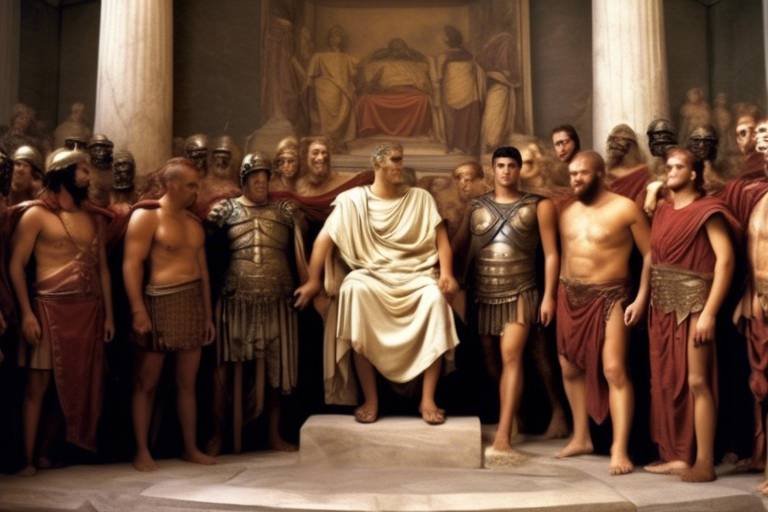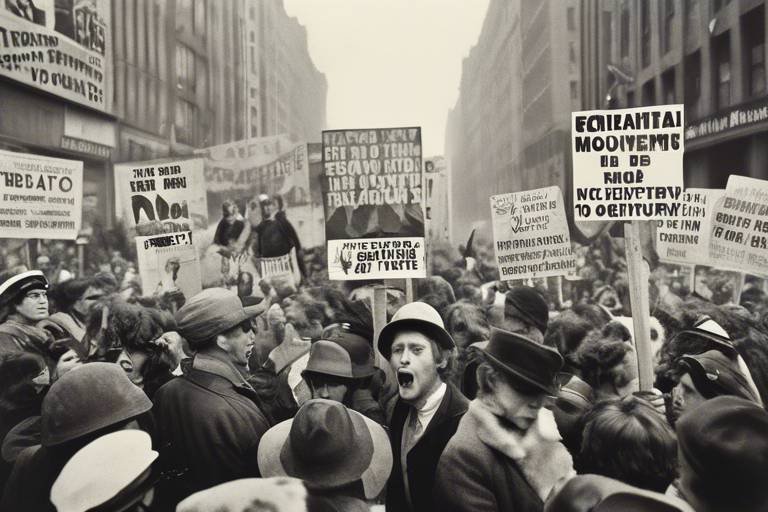The Legacy of Ancient Egypt - Contributions to Medicine
Ancient Egypt, a civilization shrouded in mystery and grandeur, left a lasting legacy in the field of medicine that continues to influence modern practices. The contributions made by the ancient Egyptians in the realm of healthcare were truly remarkable, showcasing their advanced knowledge and innovative approaches to healing.
Exploring the annals of history, we uncover the early medical practices of ancient Egypt that laid the foundation for medical advancements. From intricate surgical techniques to the use of pharmacology and specialized medical tools, the ancient Egyptians were pioneers in developing a structured healthcare system.
One of the most significant contributions of ancient Egypt to medicine lies in the preservation of medical knowledge through the creation of medical papyri. The Ebers Papyrus and Edwin Smith Papyrus are invaluable resources documenting medical treatments, diseases, and surgical procedures practiced during that era, providing insights into the medical expertise of the time.
Central to the healing practices of ancient Egypt were the revered medical deities such as Imhotep and Sekhmet, who were believed to guide physicians in their treatments. Healing temples like the Temple of Kom Ombo served as centers for medical treatments, emphasizing the spiritual and holistic approach to healthcare.
Ancient Egyptian physicians were well-versed in herbal remedies, anatomy, and medical diagnosis, showcasing a deep understanding of the human body and various ailments. Their expertise in treating diseases using natural remedies and surgical interventions was unparalleled in the ancient world.
The advancements made by ancient Egyptians in the fields of surgery and dentistry are truly remarkable. Evidence of successful surgical procedures, intricate dental treatments, and the use of prosthetic devices highlight their proficiency in medical interventions and patient care.
Utilizing sophisticated medical instruments and tools, ancient Egyptian physicians demonstrated an innovative approach to healthcare practices. From surgical implements to diagnostic tools, their mastery of medical technology was evident in the precision and effectiveness of their treatments.
The educational system for physicians in ancient Egypt was rigorous and comprehensive, emphasizing training, specialization, and knowledge transfer processes. This dedication to medical education contributed to the development of highly skilled medical practitioners who were adept at addressing a wide range of health issues.
The enduring legacy of ancient Egyptian medical practices continues to shape modern medicine, with their contributions serving as a cornerstone for contemporary healthcare practices. The influence of ancient Egypt on medical knowledge and practices is a testament to the timeless wisdom and innovation of this ancient civilization.
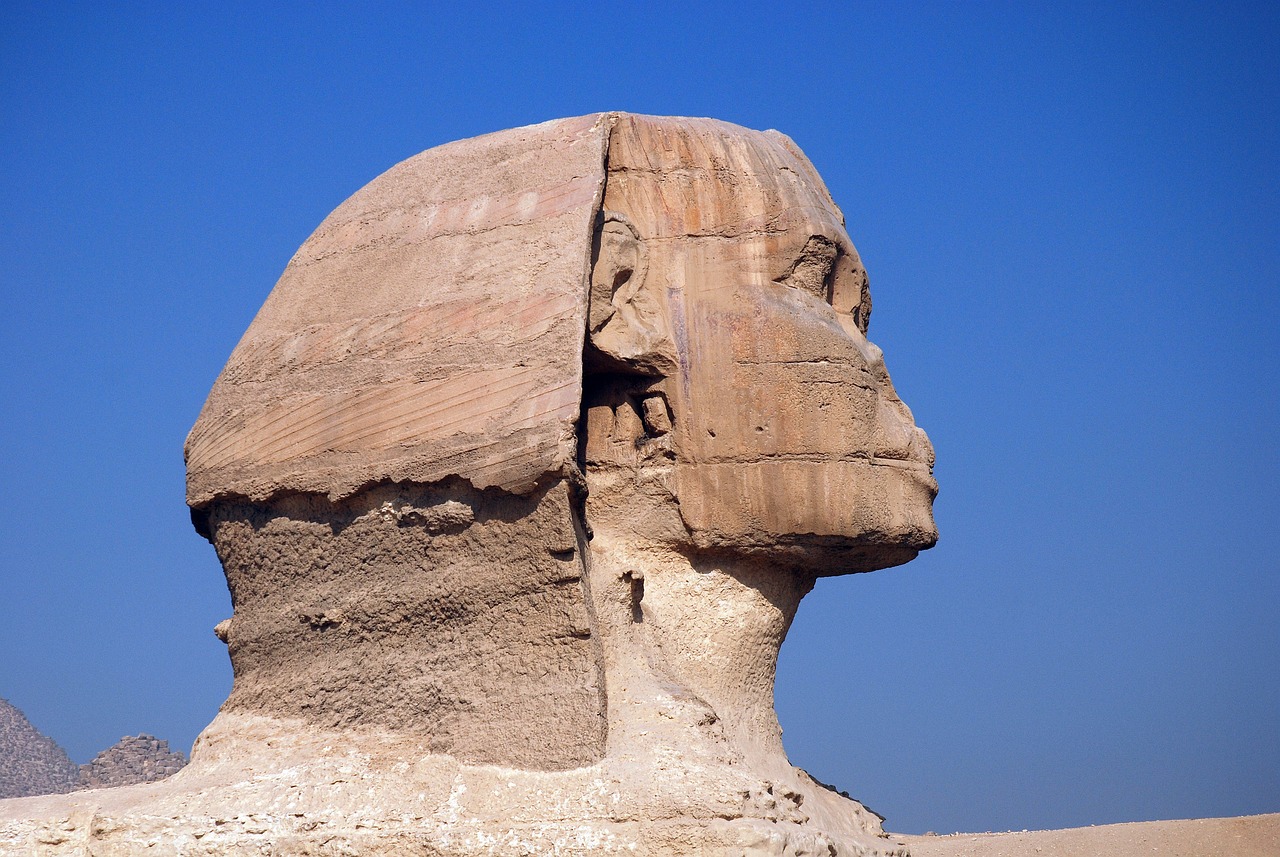
Early Medical Practices in Ancient Egypt
Ancient Egypt stands out in history for its pioneering contributions to the field of medicine, laying the groundwork for modern healthcare practices. The early medical practices of ancient Egyptians were characterized by a blend of spiritual beliefs and empirical observations, creating a unique approach to healing that set them apart from other ancient civilizations.
One of the key aspects of early medical practices in ancient Egypt was their advanced knowledge of surgical techniques. Egyptian physicians were skilled in performing various surgical procedures, including treating injuries, setting broken bones, and even conducting rudimentary forms of brain surgery. They utilized tools such as scalpels, forceps, and bandages to carry out these procedures with a remarkable level of precision.
Pharmacology was another essential component of ancient Egyptian medicine, with physicians developing a wide range of herbal remedies and medicinal concoctions to treat various ailments. These remedies were often derived from plants, minerals, and animal substances, showcasing the Egyptians' deep understanding of the healing properties of natural resources.
Ancient Egyptian physicians also possessed a profound knowledge of anatomy, enabling them to diagnose and treat illnesses with a high degree of accuracy. They believed in the interconnectedness of the body and the soul, viewing health as a balance between the physical and spiritual aspects of an individual.
The healthcare system in ancient Egypt was supported by medical practitioners who underwent rigorous training and specialization in different areas of medicine. Physicians were highly respected in society and played a crucial role in maintaining the health and well-being of the population.
Overall, the early medical practices of ancient Egypt laid a solid foundation for the development of medical knowledge and expertise, setting the stage for the remarkable advancements that would follow in the field of medicine.

Ancient Egyptian Medical Papyri
Exploring the remarkable advancements and contributions made by ancient Egypt to the field of medicine, showcasing their innovative practices and techniques that have influenced modern medical practices.
Discovering the foundational principles and early medical practices developed by ancient Egyptians, including surgical techniques, pharmacology, and medical tools used in their healthcare system.
Exploring the significance of medical papyri such as the Ebers Papyrus and Edwin Smith Papyrus in documenting medical knowledge, treatments, diseases, and surgical procedures practiced in ancient Egypt.
Unveiling the role of medical deities like Imhotep and Sekhmet in ancient Egyptian healing practices, and the importance of healing temples such as the Temple of Kom Ombo in medical treatments.
Examining the extensive knowledge of herbal remedies, anatomy, and medical diagnosis possessed by ancient Egyptian physicians, showcasing their expertise in treating various ailments and diseases.
Highlighting the advancements made by ancient Egyptians in the fields of surgery and dentistry, including evidence of successful surgical procedures, dental treatments, and prosthetic devices.
Exploring the sophisticated medical instruments and tools used by ancient Egyptian physicians in surgical procedures, diagnosis, and treatments, showcasing their innovative approach to healthcare practices.
Discussing the educational system for physicians in ancient Egypt, including the training, specialization, and knowledge transfer processes that contributed to the development of medical expertise in the civilization.
Reflecting on the enduring legacy of ancient Egyptian medical practices and their impact on modern medicine, highlighting the continued relevance of their contributions in shaping contemporary healthcare practices.
Ancient Egypt's medical papyri, such as the Ebers Papyrus and Edwin Smith Papyrus, are invaluable sources of knowledge on medical practices of the time. These ancient documents provide detailed insights into treatments, surgeries, and diseases prevalent in ancient Egypt. The Ebers Papyrus, for example, contains remedies for various ailments and descriptions of medical conditions, while the Edwin Smith Papyrus focuses on surgical procedures and trauma management. These papyri not only document medical knowledge but also reflect the advanced understanding of healthcare in ancient Egypt.
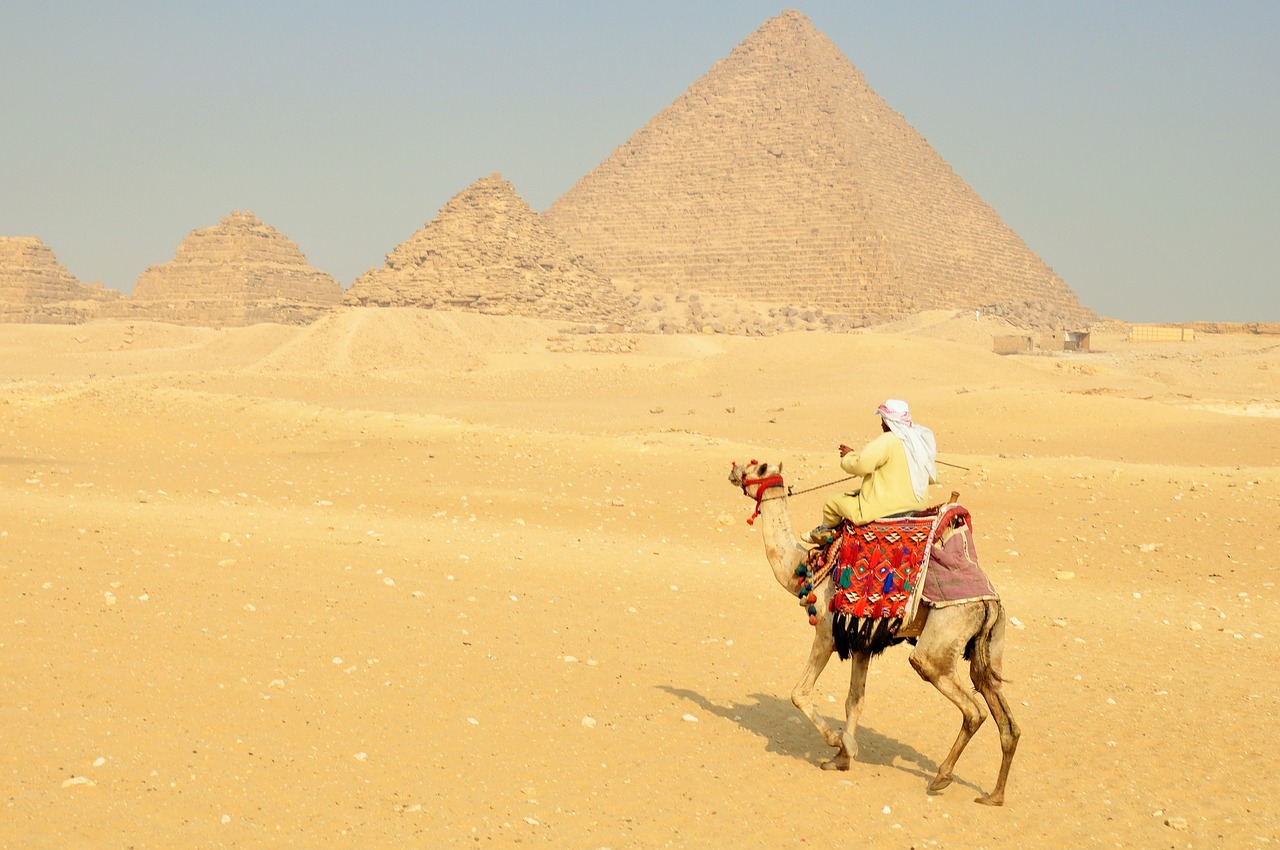
Medical Deities and Healing Temples
Ancient Egypt's medical practices were deeply intertwined with their religious beliefs, with medical deities playing a significant role in healing rituals and treatments. Among these deities, Imhotep stood out as the god of medicine and healing, revered for his wisdom and knowledge in the medical field. The ancient Egyptians believed that seeking the guidance and blessings of Imhotep would lead to successful treatments and recovery from illnesses.
Healing temples, such as the Temple of Kom Ombo, were sacred spaces dedicated to medical practices and rituals. These temples served as centers for healthcare, where priests, physicians, and healers collaborated to provide treatments to the sick and injured. The presence of medical deities in these temples symbolized the divine aspect of healing, emphasizing the spiritual connection between medicine and the gods.
Within the Temple of Kom Ombo, intricate murals and inscriptions depicted medical procedures, surgical instruments, and offerings made to medical deities like Imhotep and Sekhmet, the lioness-headed goddess associated with healing and protection. Priests and physicians conducted ceremonies and rituals to invoke the healing powers of these deities, believing in their ability to cure diseases and restore health.
Moreover, these healing temples served as educational centers where aspiring physicians received training in medical practices, herbal remedies, and surgical techniques under the guidance of experienced healers. The combination of religious beliefs, medical knowledge, and practical training in these temples contributed to the holistic approach to healthcare in ancient Egypt.

Herbal Remedies and Medical Knowledge
Ancient Egypt was a civilization known for its profound knowledge of herbal remedies and medical practices. Egyptian physicians possessed extensive expertise in utilizing various herbs and plants for medicinal purposes. They understood the healing properties of plants like aloe vera, garlic, and thyme, using them to treat a wide range of ailments and diseases. The ancient Egyptians believed in the power of nature to cure illnesses and maintain overall well-being, incorporating herbal remedies into their medical treatments.
Moreover, medical knowledge in ancient Egypt extended beyond herbal remedies to encompass a deep understanding of anatomy and medical diagnosis. Physicians in ancient Egypt were skilled in identifying different diseases and conditions, often correlating them with specific bodily organs. Their knowledge of the human body allowed them to diagnose illnesses accurately and prescribe appropriate treatments, showcasing their advanced understanding of medical science.
A notable aspect of ancient Egyptian medical knowledge was their holistic approach to healthcare. Physicians not only focused on treating physical symptoms but also considered the spiritual and emotional well-being of patients. They believed in maintaining a balance between the body, mind, and spirit to achieve overall health and wellness. This holistic perspective influenced their medical practices and treatment methods, emphasizing the interconnectedness of various aspects of human health.
Furthermore, the medical knowledge of ancient Egyptian physicians was documented in texts such as the Ebers Papyrus and the Edwin Smith Papyrus. These ancient manuscripts provided valuable insights into medical treatments, surgical procedures, and disease management practiced during that era. The meticulous recording of medical knowledge in these papyri demonstrates the dedication of ancient Egyptians to preserving and passing down their medical expertise to future generations.
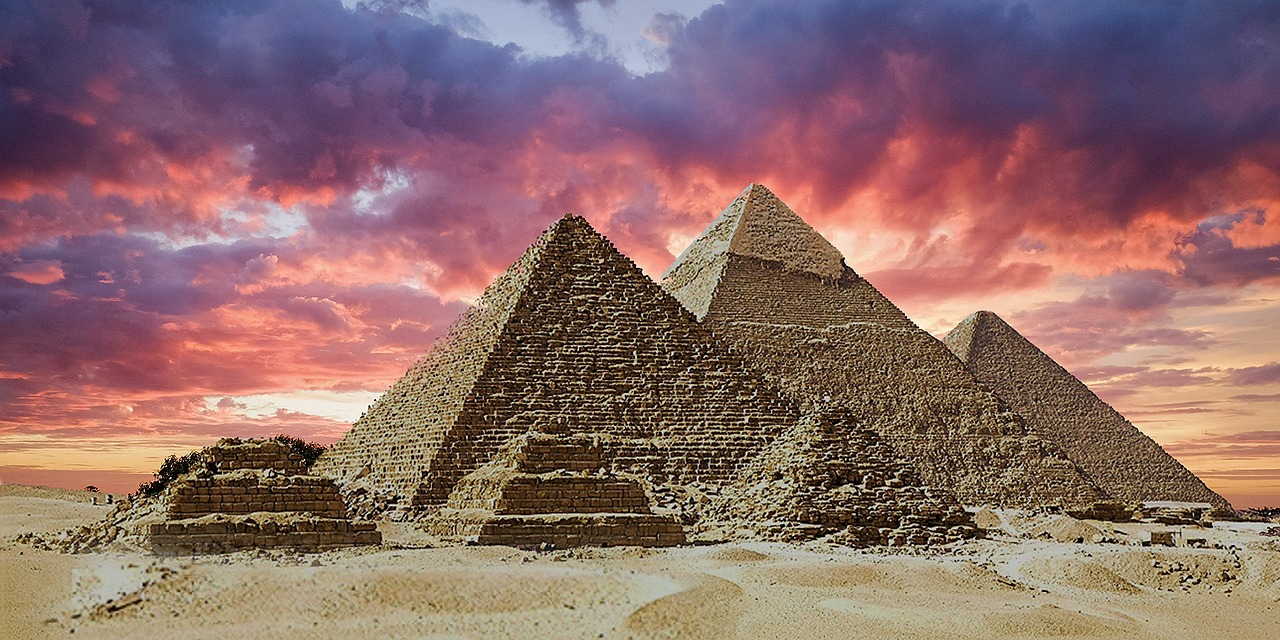
Advancements in Surgery and Dentistry
During the era of ancient Egypt, remarkable advancements in the fields of surgery and dentistry were achieved, setting a foundation for modern medical practices. The ancient Egyptians displayed a profound understanding of surgical techniques and dental care, showcasing their innovative approach to healthcare.
Ancient Egyptian physicians conducted various surgical procedures with a high level of skill and precision, evident from the successful outcomes recorded in historical texts. From treating injuries to performing complex surgeries, such as trepanation for relieving intracranial pressure, they demonstrated a deep understanding of anatomy and surgical procedures.
Moreover, the ancient Egyptians were pioneers in dental care, utilizing techniques like filling cavities with materials such as resin and linen, as well as creating dental prosthetics from materials like gold and silver. Their expertise in dentistry extended to treating dental abscesses, periodontal diseases, and even performing simple extractions.
One of the significant advancements in ancient Egyptian dentistry was the use of dental bridges to replace missing teeth, showcasing their ingenuity in developing solutions for dental issues. Additionally, evidence of dental restorations using materials like beeswax highlights their commitment to ensuring oral health and functionality.
Ancient Egyptian surgeons and dentists utilized a variety of specialized tools and instruments tailored for surgical and dental procedures. These instruments, crafted from materials like copper and bronze, included scalpels, forceps, probes, and drills, reflecting the sophistication of their medical practices.
Overall, the advancements in surgery and dentistry achieved by ancient Egyptians not only contributed to the well-being of individuals during that time but also laid the groundwork for future developments in medical science and healthcare practices.

Ancient Egyptian Medical Instruments
Ancient Egyptian medical instruments reflect the ingenuity and advanced knowledge of physicians in ancient Egypt. These instruments were crucial in performing various medical procedures, surgeries, and treatments with precision and expertise. One of the most notable instruments used by ancient Egyptian physicians was the bronze surgical knife, which was used for making incisions and performing surgeries. Additionally, they utilized forceps for extracting teeth and probes for examining wounds and injuries.
The also included tools like scalpels for precise surgical incisions, bone saws for orthopedic procedures, and hooks for extracting foreign objects from the body. These instruments were crafted with exceptional skill and attention to detail, showcasing the advanced level of medical knowledge and craftsmanship present in ancient Egyptian society.
Moreover, ancient Egyptian physicians utilized cupping glasses for bloodletting procedures and bronze needles for acupuncture treatments. The ophthalmic instruments used for eye surgeries and treatments demonstrate the specialized expertise that ancient Egyptian physicians had in various medical fields.
It is fascinating to note that many of these ancient Egyptian medical instruments bear resemblance to modern surgical tools, highlighting the enduring influence of ancient Egyptian medical practices on the development of medical instruments and techniques throughout history.
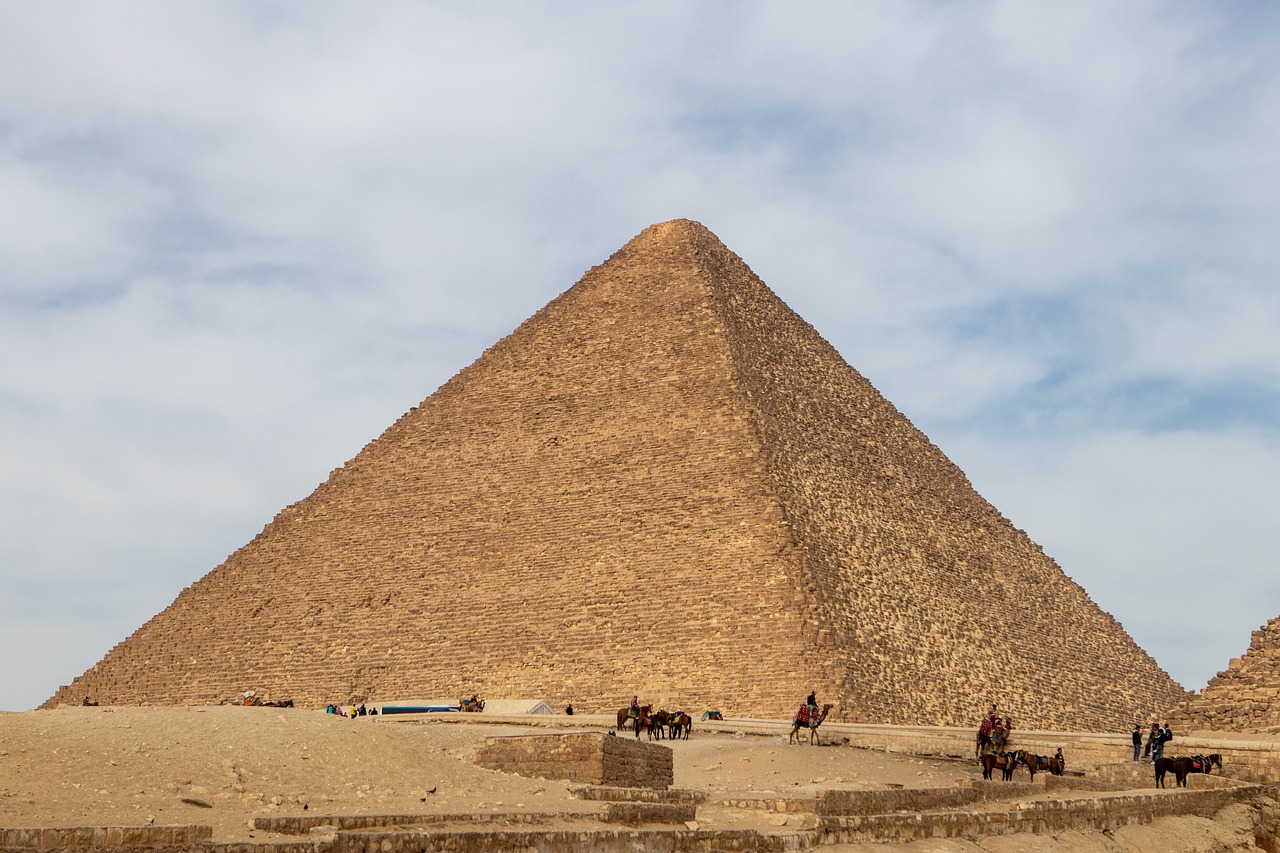
Contributions to Medical Education
Ancient Egypt made significant contributions to the field of medical education, laying the foundation for the training and specialization of physicians in the civilization. The educational system for physicians in ancient Egypt was structured and rigorous, emphasizing the importance of acquiring in-depth knowledge and practical skills in medicine. Physicians underwent extensive training that included apprenticeships with experienced doctors, theoretical studies on medical texts and papyri, and hands-on experience in diagnosing and treating patients.
Medical education in ancient Egypt was a holistic approach that integrated various disciplines such as anatomy, pharmacology, surgery, and herbal remedies. Physicians were trained not only to treat existing ailments but also to prevent diseases and promote overall well-being among the population. The specialization of physicians in specific areas of medicine allowed for the development of expertise in treating complex medical conditions and performing intricate surgical procedures.
Moreover, the knowledge transfer process in ancient Egyptian medical education was highly structured, with experienced physicians passing down their wisdom and skills to the next generation of doctors. This mentorship system ensured the continuity of medical knowledge and practices, preserving the accumulated wisdom of centuries of medical advancements in ancient Egypt.
Medical schools and temples served as centers of learning and healing, where aspiring physicians received formal education and practical training under the guidance of seasoned medical practitioners. The emphasis on continuous learning and research in medical education fostered innovation and experimentation, leading to the development of novel treatments and surgical techniques that pushed the boundaries of medical knowledge in ancient Egypt.
Overall, the contributions of ancient Egypt to medical education were profound, shaping the way future civilizations approached the training and specialization of healthcare professionals. The legacy of their educational practices continues to influence modern medical education systems, emphasizing the importance of a comprehensive and interdisciplinary approach to training physicians who are equipped to meet the evolving healthcare needs of society.

Legacy and Influence on Modern Medicine
Exploring the remarkable advancements and contributions made by ancient Egypt to the field of medicine, showcasing their innovative practices and techniques that have influenced modern medical practices.
Ancient Egypt's legacy in medicine continues to influence modern healthcare practices significantly. The innovative approaches and knowledge developed by ancient Egyptian physicians have left a lasting impact on the medical field.
Ancient Egyptian medical practices, such as surgical techniques, pharmacology, and diagnostic methods, have paved the way for modern medical advancements. Their emphasis on holistic healing and the use of natural remedies has inspired current trends in alternative medicine and integrative healthcare.
The documentation of medical knowledge in ancient Egyptian texts like the Ebers Papyrus and Edwin Smith Papyrus has provided valuable insights into historical medical practices. These ancient manuscripts serve as a foundation for understanding the evolution of medicine and offer valuable lessons for contemporary healthcare professionals.
Ancient Egyptian physicians' expertise in surgery and dentistry, as evidenced by successful procedures and advanced medical instruments, has set a benchmark for surgical practices. Their meticulous approach to healthcare and emphasis on anatomical knowledge have influenced modern surgical techniques and medical education.
The legacy of ancient Egypt's medical education system, which included rigorous training, specialization, and knowledge transfer processes, has contributed to the development of medical expertise across generations. The emphasis on continuous learning and practical experience remains a cornerstone of medical education today.
Furthermore, the enduring influence of ancient Egyptian medical deities and healing temples underscores the cultural significance of healthcare in society. The reverence for healing practices and the belief in divine intervention in medical treatments have shaped cultural perceptions of health and wellness.
In conclusion, the legacy of ancient Egypt in medicine serves as a testament to the ingenuity and dedication of early healthcare practitioners. Their contributions continue to inspire and inform modern medical practices, highlighting the timeless relevance of ancient wisdom in the ever-evolving field of healthcare.
Frequently Asked Questions
- What were some common medical treatments in ancient Egypt?
Ancient Egyptians used a variety of treatments including herbal remedies, surgical procedures, and magical incantations to heal various ailments.
- Who were the prominent medical deities in ancient Egypt?
Key medical deities included Imhotep, the god of medicine and healing, and Sekhmet, the goddess of healing and protection.
- What is the significance of the Ebers Papyrus and Edwin Smith Papyrus?
These papyri are important medical texts that document ancient Egyptian medical knowledge, treatments, surgical procedures, and diseases.
- How did ancient Egyptian physicians contribute to the field of surgery?
Ancient Egyptian physicians made significant advancements in surgery, performing procedures such as trepanation, setting fractures, and treating wounds.
- What legacy did ancient Egyptian medical practices leave for modern medicine?
Ancient Egyptian medical practices have had a lasting impact on modern medicine, influencing fields such as surgery, pharmacology, and medical education.



